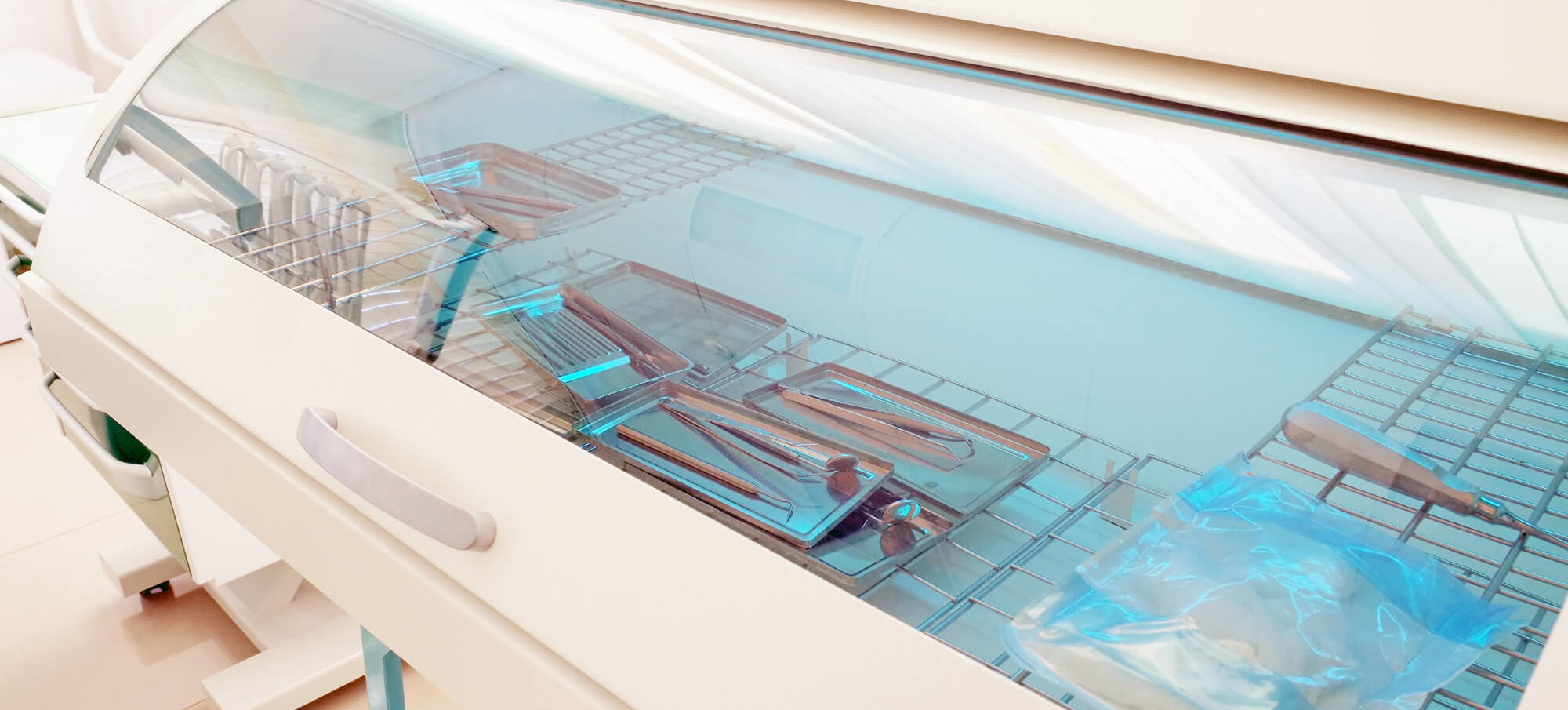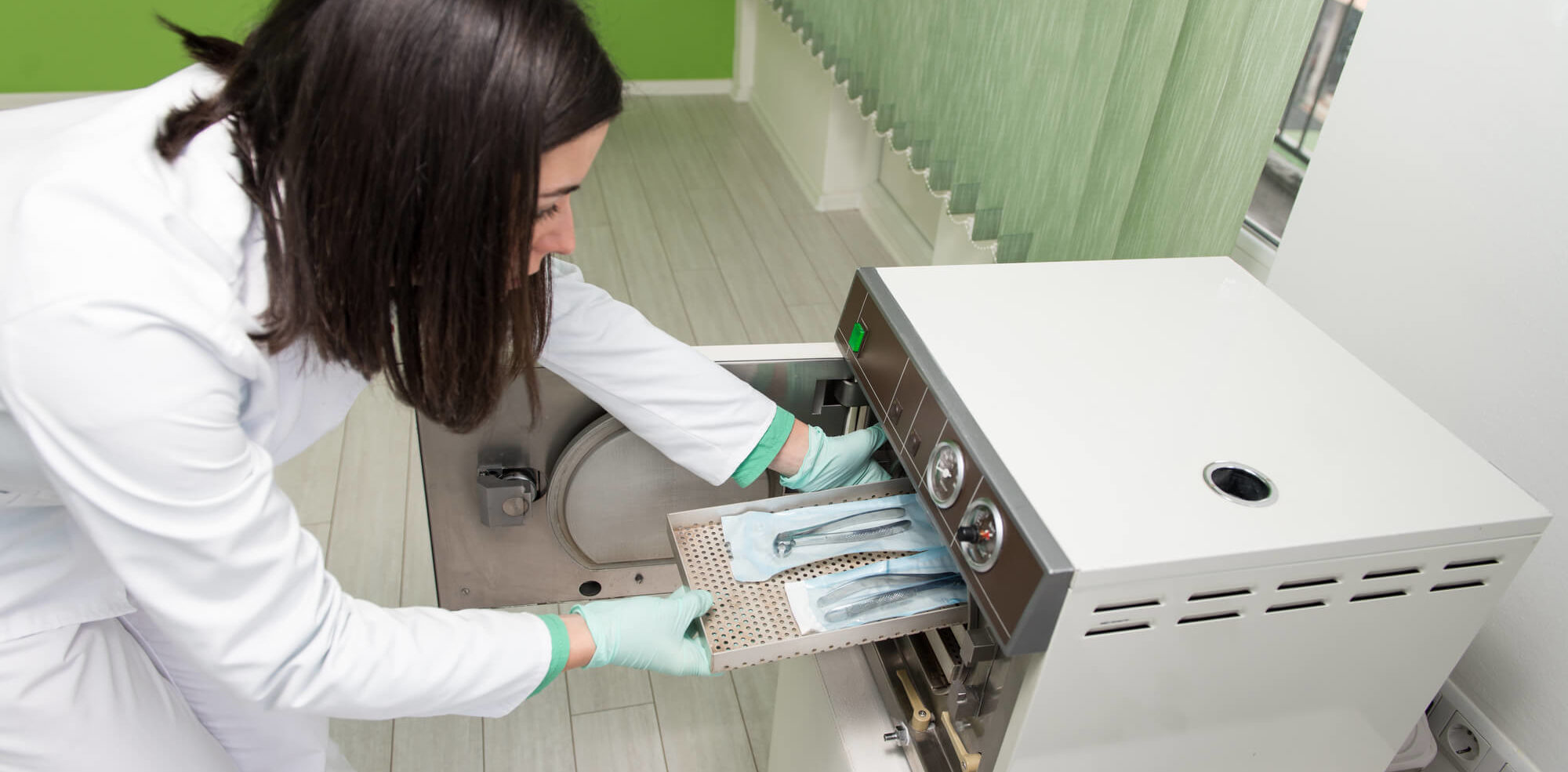
15 Feb 4 Ways Sterile Processing Has Changed Over the Decade
Medicine and medical processes have come a long way throughout history. It has been 3,000 years since Egyptians began preserving their dead using antiseptic materials they had readily available. Since then, our medical processes have progressed from leeches and crude saws to anesthesia and antibiotics. Now, our modern medical technology gives us the power to cure diseases and heal patients in ways we could never have imagined. Sterile processing (SP) has played a monumental role in these advancements, particularly in the modern age. Over the last decade, SP has seen more changes than ever before.
What is Sterile Processing?
Sterile processing occurs in the Sterile Processing Department (also known as Central Supply or Sterile Supply) within a dental or medical healthcare facility. This is where all medical and surgical supplies and equipment are sterilized, cleaned, prepared, processed, stored, and issued for patient care.
It was not until the 1940’s that the Sterile Processing Department was born, and since then, favorable patient outcomes have only increased. When it comes to medicine, cleanliness and sterilization mean progress and prosperity.
The sterilization process can be broken down into four major categories:
- Decontamination: The process of removing pathogens from an object to make it safe for handling.
- Assembly and Packaging: Once an instrument has been decontaminated, it’s assembled into a set or tray with corresponding instruments and packaged.
- Sterilization: A physical or chemical process that ensures all pathogenic microorganisms are effectively destroyed.
- Quality Assurance: Measures taken to monitor and ensure the success of the sterilization process.
Why Does it Matter?
Sterile processing is essential to modern healthcare. Without it, patients, staff, or anyone else that comes into contact with instruments that were previously used on another person could contract a deadly disease.
SP is necessary to reduce the prevalence of Healthcare-Associated Infections (HAIs). According to the CDC, roughly “1 in 25 US hospital patients is diagnosed with at least one infection related to hospital care” (or HAI). HAIs are associated with high mortality rates. Consequently, huge numbers of people die unnecessarily each year simply because they were in the hospital.
How Has it Changed?
Especially in the last decade, we have seen a lot more attention focused on Sterile Processing. The CDC has updated and tightened guidelines, and the FDA has issued recommendations based on studies by manufacturers to reinforce these guidelines. Let’s explore the four most notable ways sterile processing has changed in the last decade.
Sterile Processing Has Become More Complex
Surgical procedures, medical processes, and the instruments they require are becoming increasingly complex. All medical equipment used to be made of some kind of metal, which evolved to stainless steel and beyond. Metal instruments are relatively easy to sterilize. In recent years tools have become more sophisticated and often involve different materials like laparoscopic instruments and robotic surgical equipment. Due to the increased complexity of instruments and devices, the decontamination and sterilization processes have become much more detailed and complicated.
Professionals in and outside of the medical industry realize that the sterilization of these complex instruments is difficult, and their cleanliness defines patient outcomes. Although SP technicians aren’t physically in the operating room, their work directly affects patient outcomes. Surgery is only as safe as the Sterile Processing Department that supports it. Healthcare-associated surgical site infections can be the result of bioburden that remains on instruments after reprocessing.
Sterile Processing Has Entered the Spotlight
In the last decade, sterile processing has entered the spotlight in many different arenas. The majority of the previous decade in medicine in the United States has focused on reducing HAIs. Government program reimbursements are linked to a hospital’s quality of care and, when they’re a common occurrence, HAIs dramatically decrease the quality of care at any facility. In addition to basic infection control protocols, properly sterilized equipment is the number one way to reduce HAIs.
The media has also reported triumphs and problems in Sterile Processing Departments. In-depth media reporting has increased awareness of potential pitfalls and has resulted in quality improvement initiatives to address problem areas such as conflicting manufacturers’ cleaning and sterilization instructions.
Sterile Processing Technician is a Serious Career
SP technicians have to meet a higher professional standard than ever before. Many states, such as New York, require sterile processing technician certification through a professional organization. These professionals are also being published in industry magazines and aiding medical advancements. Even social media has played a role in allowing technicians to network and exchange meaningful ideas and information in ways we’ve never seen before.
Although these higher standards attract higher levels of talent, the supply of SP technicians does not meet the demand. Sterile processing jobs are fulfilling and provide a good paycheck. Help meet the demand for sterile processing technicians and learn how to become one today.
Equipment Needed to Support Sterile Processing Has Advanced
In recent years during hospital surveys, regulatory and accrediting agencies have really focused on SP. Codes and standards for the design of Sterile Processing Departments are particular and require attention, including environmental and infrastructure requirements for the spaces, instrument processing, and procedures.
As the amount of equipment and capacity increase to support expanded, more complex surgical operations, the utilities supporting the equipment need strengthening. In some cases, this is simple but can be challenging in others, especially for humidity and airflow requirements. These requirements ensure that supplies won’t be contaminated by condensation, and sterile items will remain sterile in transport and new environments.
Sterile Processing Assessments
In the last ten years, we have realized that SP technicians are the unsung heroes of hospitals. Sterile Processing Departments and technicians are held to higher standards than ever before and produce better results than ever before. HAIs are decreasing as equipment and procedures that support the sterilization process are improving.
Sterile processing departments are subject to review and certification processes by regulatory and accrediting agencies. At Infection Control Results, we offer on-site Sterile Processing assessments and other resources for crafting useful orientation programs and ways that surgeons and SP technicians can work together. Contact us today to learn more.

